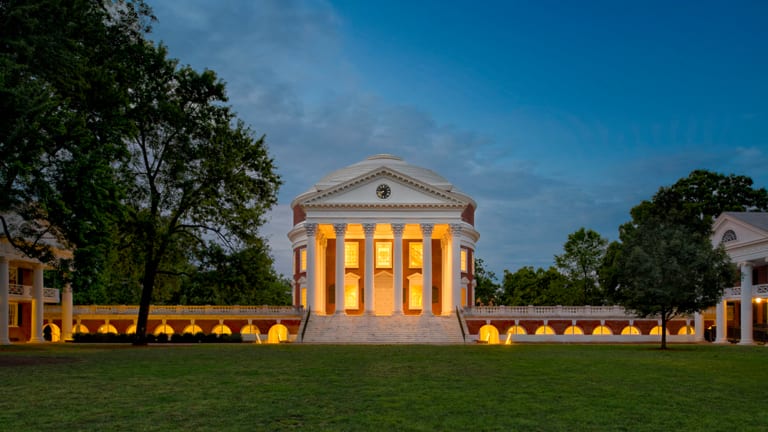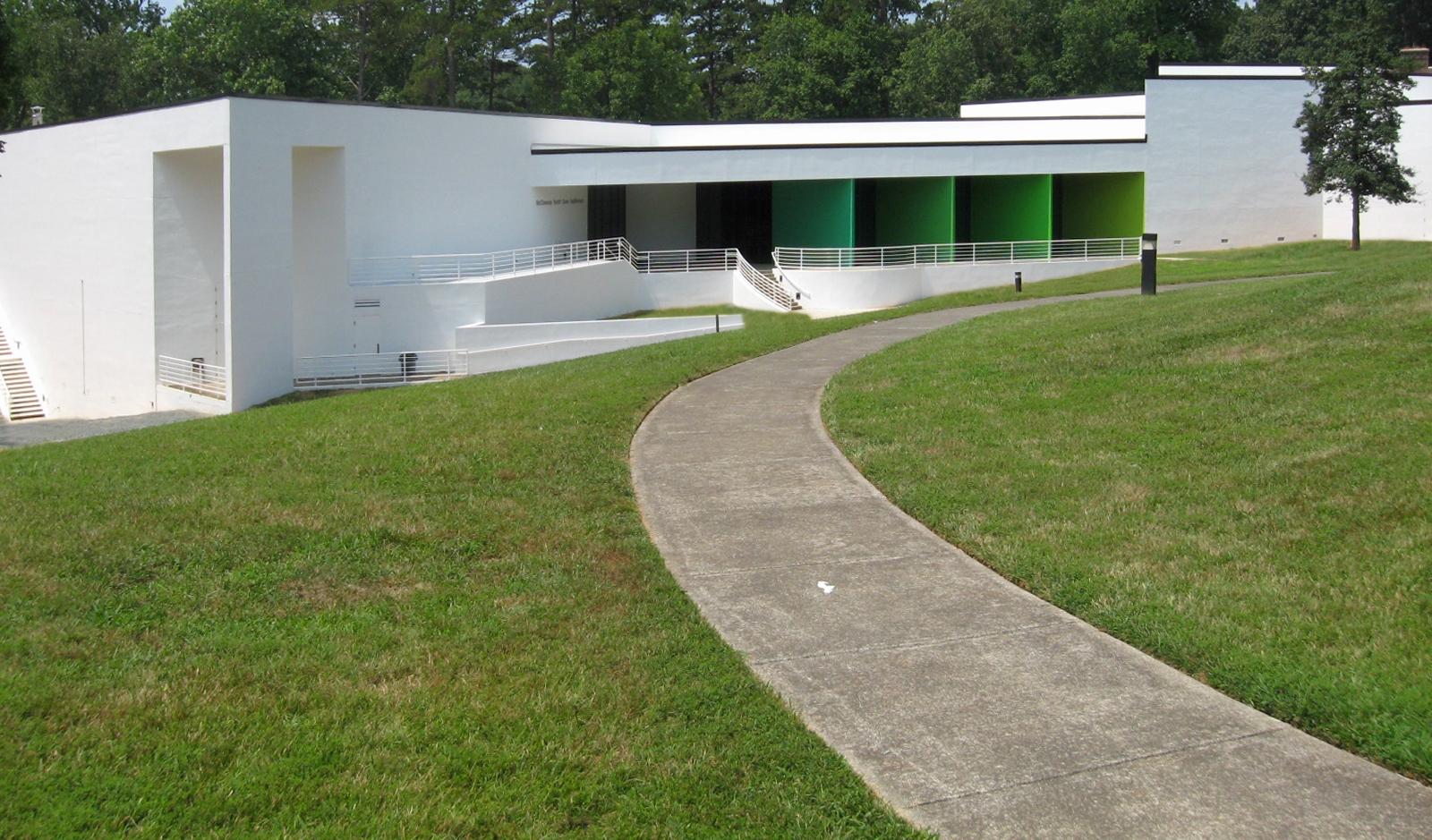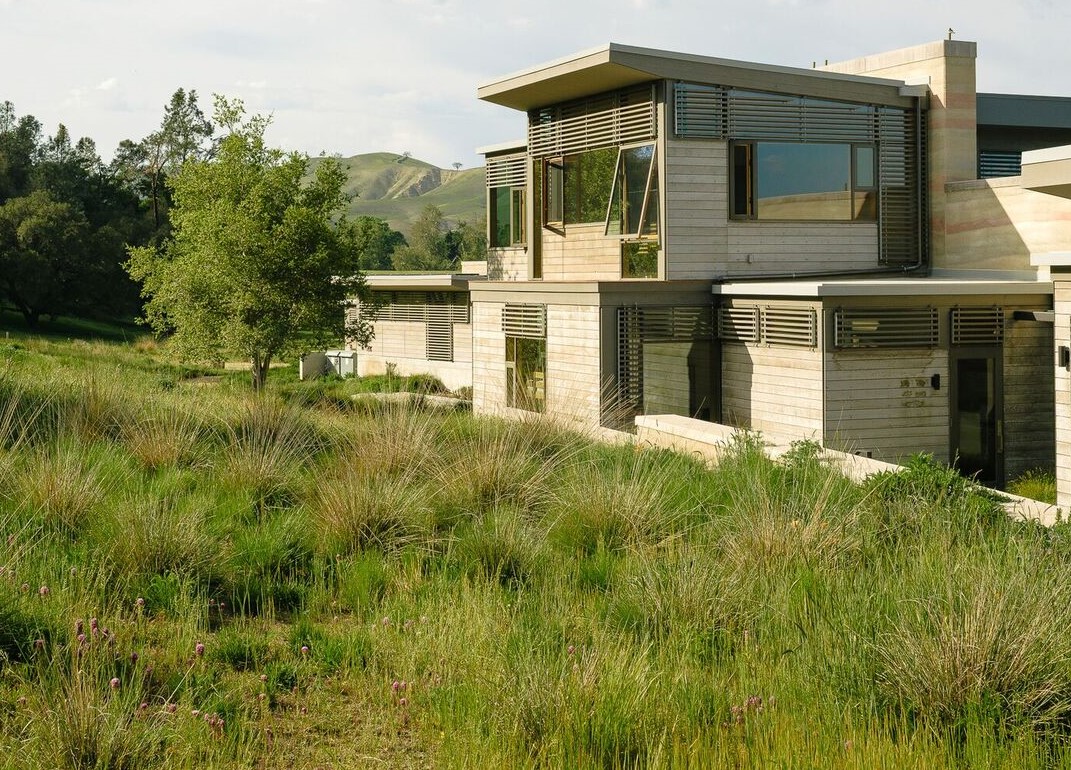Today, we thought it appropriate to take a look back at a post about our third president – the only amateur architect among the entire 46. Like the rest of us, Thomas Jefferson was a complex person, full of conflicts and contradictions. In May 2019 we covered an exhibition about the man in full at the Chrysler Museum in Norfolk, Va. It explored his architecture – think U. Va., Monticello, Poplar Forest and the East and West Wings of the White House – as well as his theories and practices on free and enslaved people:
An upcoming exhibition on Thomas Jefferson’s architecture promises to be the soul of authenticity.
It’s been organized by the Chrysler Museum of Art in Norfolk, Va., in collaboration with the Palladio Museum in Vicenza, Italy, home to the Villa Rotonda.
The exhibition focuses on the ideas, formation and key monuments of the man who steered this republic’s architecture toward the neoclassical.
It also will confront the inherent conflict between Jefferson’s pursuit of contemporary ideals of liberty and democracy and his use of slave labor to construct his monuments.
It’s called, aptly enough, “Thomas Jefferson, Architect: Palladian Models, Democratic Principles, and the Conflict of Ideals.”
It pulls no punches. “We are interested in questions of architecture, race and slavery that he worked with in the Virginia economy,” says Erik Neil, director of the Chrysler Museum.
Included in the exhibition is a varnished walnut door created by African American artisan John Hemings, Jefferson’s slave. He was brother to Sally Hemings, and carpenter and cabinetmaker for much of Poplar Forest, Jefferson’s Bedford County retreat. Also included are a number of artifacts from the nailery at Mulberry Row, the slave quarters at Monticello.
There’s a rich trove of all things architectural. The Palladio Museum will provide 14 models, including 10 newly created models of Jefferson’s buildings and four models displaying the key architecture of Renaissance master Andrea Palladio (1508-1580).
“I talked director-to-director with them and said: ‘Wouldn’t you like to lend them?’” Neil says. “They want their collection better known, and there’s a longstanding relationship between Virginia, U. Va. and the Villa Rotonda.”
The exhibition will feature models of Monticello and Jefferson’s design for the U.S. president’s house (it was not selected) as well as representations of the Pantheon, highlighting its architectural influence on the University of Virginia’s Rotunda. The Chrysler will also display the only autographed drawing by Palladio in an American collection, as well as various editions of his treatise, The Four Books of Architecture.
“Jefferson had an attachment to Palladio early on,” he says. “So this exhibition offers a more nuanced understanding of Jefferson, showing more complexity to his work. And it makes it possible for people to appreciate architecture as one of the great art forms.”
Alas, the exhibition closed in January, 2020, but its catalog is now on sale in the Chrysler Museum’s gift shop, here.
Lead Image: Anna Wesolowsla Photography
For more, go here.
[slideshow id=2039]



